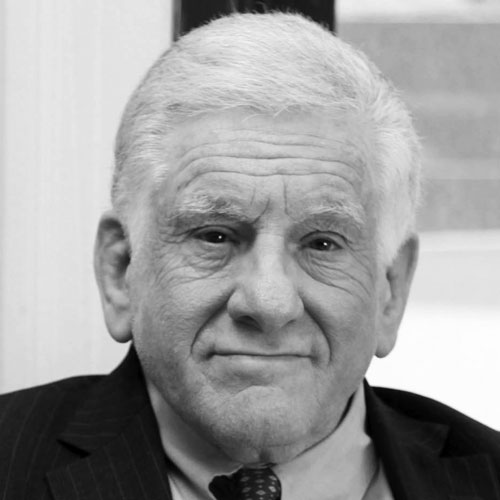When we last heard from Lee Garvey in April 2012, he was disrupting snail mail by introducing a series of high-tech tools and services to make creating and sending letters and postcards easier than ever before. He had found a welcoming partner in the US Postal Service (USPS) and was implementing geo-routing services to reduce costs and increase efficiency. Today, the founder and chief executive officer of Click2Mail is halfway through his five-year plan to further integrate his model, create a global digital-physical mail network, and find new ways to make mail cheaper and faster.
While Click2Mail continues to grow, Garvey says it’s important for him to keep up with shifting trends and expectations. “Our strategy is the same. We listen to customers and to the marketplace. We keep our ear to the ground, and we adjust as appropriate,” he says.
“Our intent from the beginning was to provide postal mail where customers want it, in the way they need it, and at low cost.”
While digital communications, e-mail, and electronic bill payments have changed the way people interact and conduct business, physical mail is enjoying a resurgence in popularity among consumers and marketers. New ways to use mail are emerging. “I think interactive elements will drive our business into the future,” Garvey says, pointing to IKEA’s recent augmented reality catalog, which allows users to visualize home decor by scanning a physical advertisement with a smartphone application—an action not possible through purely electronic means. Click2Mail capitalizes on this digital/physical hybrid by enabling its customers to easily create digitally interactive snail mail.
Since the USPS has a long history of trust and privacy, Click2Mail is also working with USPS to leverage digital identities. The postal service has already built a big data tracking system for mail called the Intelligent Mail Barcode, which tracks every single piece of mail from origin to delivery. The system, combined with authentication and geo-fencing technology, provides opportunities that Click2Mail is harnessing to give physical objects a verifiable digital identity. In the not too distant future, mail recipients will interact more with their mail. “You’ll get a delivery and be able to confirm your identity through a mobile device,” Garvey explains.
Additionally, Click2Mail continues to be a driving force of the International Hybrid Mail Coalition (IHMC), through which Garvey again preaches the importance of combining digital and physical efforts. “We’re dispatching US-originated postal mail to twelve major market countries, where it is being printed and posted within one or two days,” he says. Together, IHMC’s members are advocating for a more open and easy cross-border exchange. They have lobbied worldwide postal authorities for the inclusion of hybrid mail into an exclusive web domain that will provide authentication and security to postal transactions and communications around the world.
The biggest development at Click2Mail, however, is its partnership with Google, which birthed Mail My Doc. In 2012, Google decided to open its ecosystem and let third parties build add-on apps for use in Google Docs, which eventually became Google Drive. The iconic company asked Garvey to build Google Drive’s mail app, which sent Garvey and his twelve coworkers into research mode. “We saw how much movement there was to the cloud, and how much momentum it had,” he says. “Soon, everyone that uses Word on their desktop will be on Google Apps or Office365, and that represents a huge potential.”
The potential is so large, in fact, that Garvey often has to temper his enthusiasm, because the collaborative aspects of Chromebook and Google Apps are so far-reaching. “Our intent from the beginning was to provide postal mail where customers want it, in the way they need it, and at low cost,” he says. With the movement to cloud applications and work styles, licensing and systems costs go away, and users “fall into” Click2Mail’s new environment. They simply install Mail My Doc, click, and send mail. Market penetration of cloud-enabled devices like the Chromebook has been encouraging to Garvey. Schools are adopting the machines, and while students may not send mail now, a whole generation is growing up in the cloud environment. That can only mean good things for Click2Mail’s future.
In late 2014, Click2Mail also launched Lightpost, a free app designed to put Click2Mail on mobile phones and tablets. The move came after Garvey realized most people don’t carry physical addresses in their phone contacts. He approached Whitepages and formed a partnership to create the app, which gives users the ability to interactively search for the address of a person or business. Then, they can create postcards with photos, graphics, and text, and click to send a customized piece of mail for less than one dollar. Lightpost, Garvey says, aims to be the world’s lowest-cost mobile mailing app.
Growth has been steady over the past thirty months. In 2012, the company was in France and Italy. Now, Click2Mail is mailing directly into twelve major-market countries such as Mexico, Germany, Spain, and Australia. Garvey hopes to hire five new employees (a significant increase by percentage) in 2015, as the company continues introducing new features, products, and capabilities that will keep mail moving forward.

